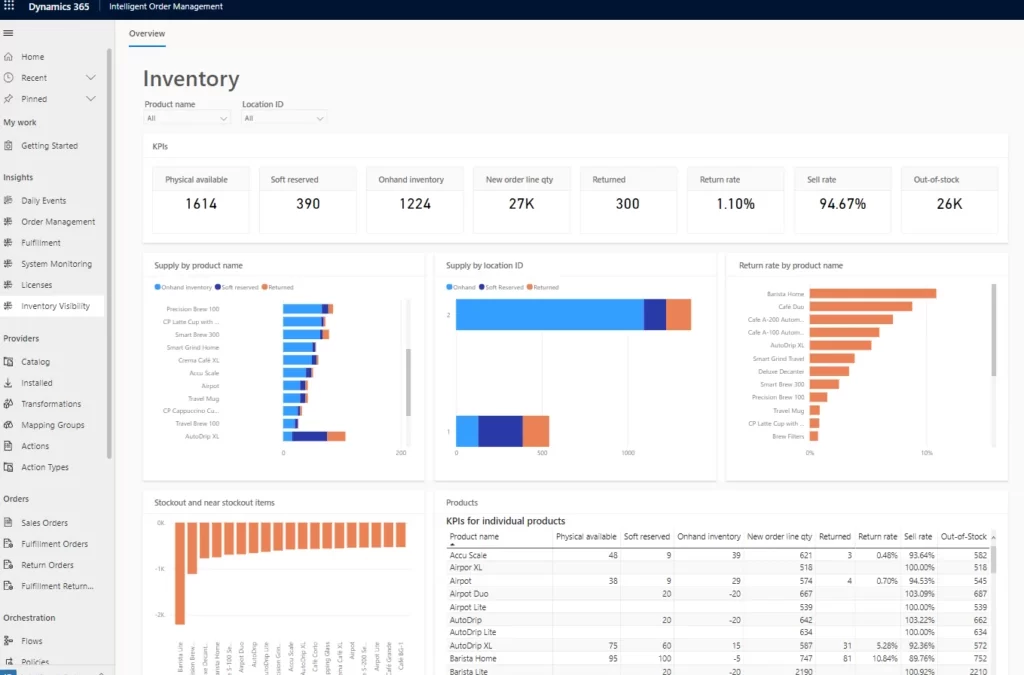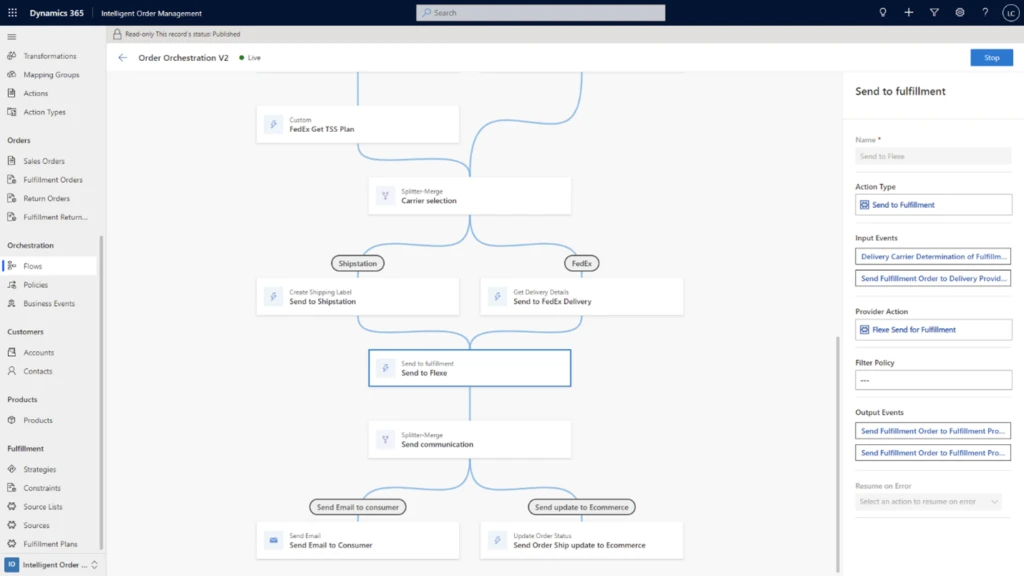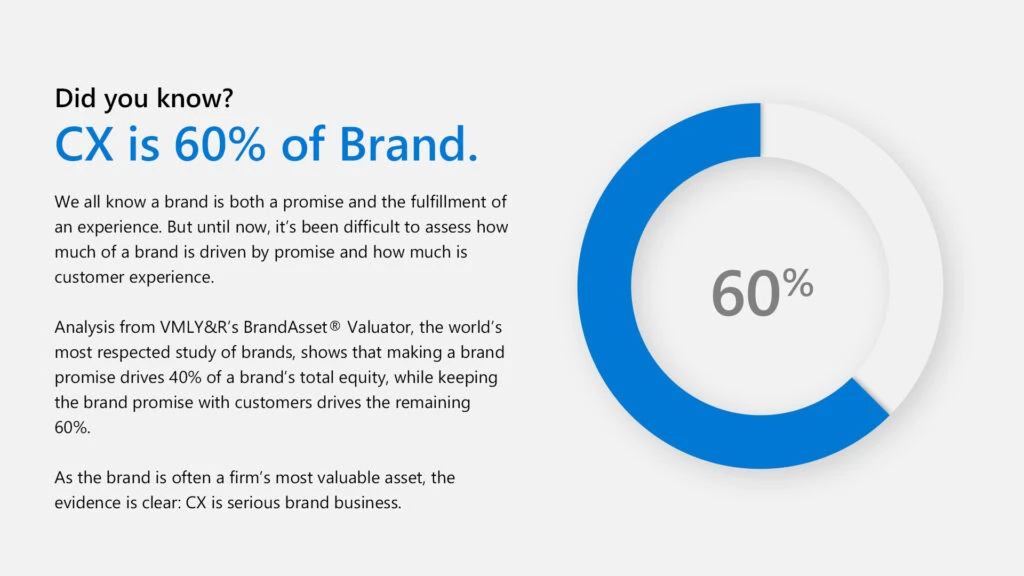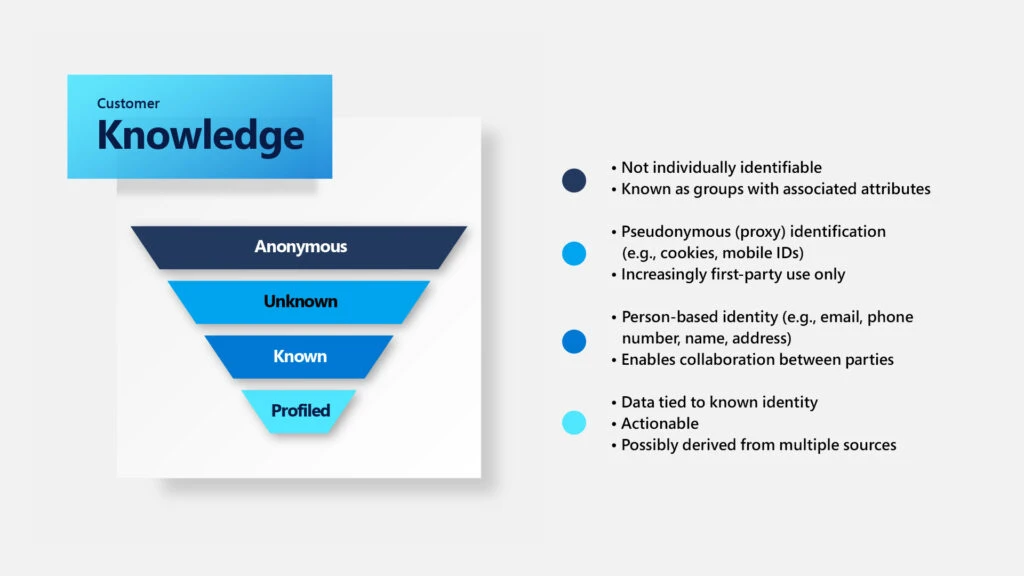
Customers share their stories on migrating to Dynamics 365
This article is contributed. See the original author and article here.
At some point, we’ve all experienced regret over not doing something.
Opportunity passes us due to our over analysis, indecision, and uncertainty. Even though we’ve all done this, we rarely seek the advice of others, thinking our situation is somehow unique or different.
This rationale is common among the on-premises organizations we speak to. They understand the benefits for moving to the cloud but chose to focus on all the reasons not toaging infrastructure, manual processes, and siloed data notwithstanding.
Hearing how others are approaching this critical technological evolution can be invaluable. Not to mention relatable. Here are a few customer stories we’ve collected; perhaps you might recognize yourself or the circumstances?
Discover other Dynamics AX and Dynamics CRM customer stories to learn about migration best practices and the benefits others are seeing in the cloud.
A small company with sizeable goals

Sonee Sports, is a small 28-year-old, family-run retail chain in the Maldives. The company moved its Microsoft Dynamics AX to Dynamics 365 in the cloud to streamline its resource planning, point of sale, and relationship management activities. Sonee Sports has grown from a single desk in a hardware store to 10 stores across the Maldives however, this growth didn’t come without challenges, particularly when it came to technology.
Maumoon Abdullah, Sonee Sports’s co-founder, has long advocated for using technology to understand, retain, and engage new customers. “In 2016, we had a customer churn rate of 10 percentnot good. We knew that technology was key to keeping our business afloat,” Abdullah said. However, their previous enterprise resource planning (ERP) took hours to generate reports, the data was inaccurate, so decision makers stopped using it. In time, Sonee Sports realized it had to move its entire business to the cloud.
With help from Mumbai-based CloudFronts, a Microsoft Partner Network partner, Sonee Sports upgraded to Microsoft Dynamics 365, deployed Microsoft Power BI for analytics, and rolled out a cloud-based e-commerce system. “We needed an all-around ERP system that was reliable, easy to use, and mobile-friendly and that offered a host of options for accessing information. Dynamics 365 Retail fits these criteria very well.” Abdullah says.
With this setup, Sonee Sports has cut its IT maintenance costs by 38 percent and improved customer retention by over 8 percent.
“With Dynamics 365, we finally have the data we need to understand our customers.” Abdullah says. “The value of this is priceless.”
Read more about Sonee Sport’s migration to Dynamics 365.
A growing city with changing needs

It can be easy to forget that cities are a lot like corporationsthey provide services to their “customers,” often relying on technology to deliver the goods.
Bristol is a diverse city in southwest England, with more than 90 languages spoken and a population of just over 463,000. Bristol City Council is the unitary authority and is responsible for a wide range of services including taxation, waste management, education, etc. Like many struggling municipalities, Bristol City Council felt it could no longer rely on its IT system to meet day-to-day demands of the city. Its systems weren’t agile or mobile-friendly and lacked a unified platform to support collaboration or leverage data insights.
“The council was historically, deeply dissatisfied with its IT systems and processes.” says Simon Oliver, Director of Digital Transformation at Bristol City Council.
Bristol City Council realized the only way forward was to modernize its Dynamics CRM 2016 instance to Dynamics 365, which would improve efficiency and collaboration. Moving, however, was a significant undertaking, involving migrating 54 workloads and orchestrating nearly 500 ecosystem partners, and staff.
Built on Microsoft Azure, with Microsoft Power Platform and Office 365, Bristol City Council deployed Dynamics 365 alongside toolsets to increase productivity. “Working with Microsoft has given us an opportunity to look at our entire approach to delivering IT services, to reshape our way of thinking and the culture of the IT department,” explains Oliver.
Read more about the Bristol City Council transformation.
An industry leader looking to drive purpose

Peet Limited, a leader in Australia’s property industry, believes in helping people gain peace of mind through property ownership. And their commitment to IT innovation has enabled them to remain competitive through market disruptions.
As part of its ongoing mission to offer quality service, the company partnered with Microsoft to upgrade its IT systems and move critical line-of-business applications to the cloud. Justyn Bridge, IT Manager at Peet Limited, explained, “Microsoft 365 is a complete, intelligent solution…it empowers Peet employees to be creative and work together.” Peet Limited had confidence in Microsoft because the organization was already using both Dynamics CRM and Dynamics AX, for its customer relationship management (CRM) and ERP, respectively.
Peet Limited designed its cloud strategy around security with the goal of end-to-end protection in mind; for them, security promoted value. Bridge explains that one of the best benefits of using Microsoft 365 is having a “single pane of glass” to view Peet Limited’s security landscape. Using Microsoft’s Advanced Threat Analytics, Peet Limited had a succinct, real-time view of an attack timeline with the ability to analyze and identify normal versus suspicious user or device behavior.
Considering the project, Bridge notes, “We sought better end-to-end protection, and Microsoft 365 gave us that. Our business has gained security in both protection and mindset.”
Read more about Peet Limited’s story.
When you’re ready to migrate, Microsoft is here to help
We all have stories that define us. Organizations are no different. Whether you’re looking to grow your footprint, improve services, or modernize your underlying technology, the Microsoft Cloud can meet your changing needs. While migrating to the cloud should be a business priority, the experiences above illustrate the importance of planning. When you’re ready to migrate your on-premises solution to the cloud, Microsoft is here to support your journey.
Learn from the other Dynamics AX and Dynamics CRM migration stories in our library. Visit the Dynamics 365 Migration Community to access partner discovery resources and other assets to help you migrate with confidence.
The post Customers share their stories on migrating to Dynamics 365 appeared first on Microsoft Dynamics 365 Blog.
Brought to you by Dr. Ware, Microsoft Office 365 Silver Partner, Charleston SC.









Recent Comments